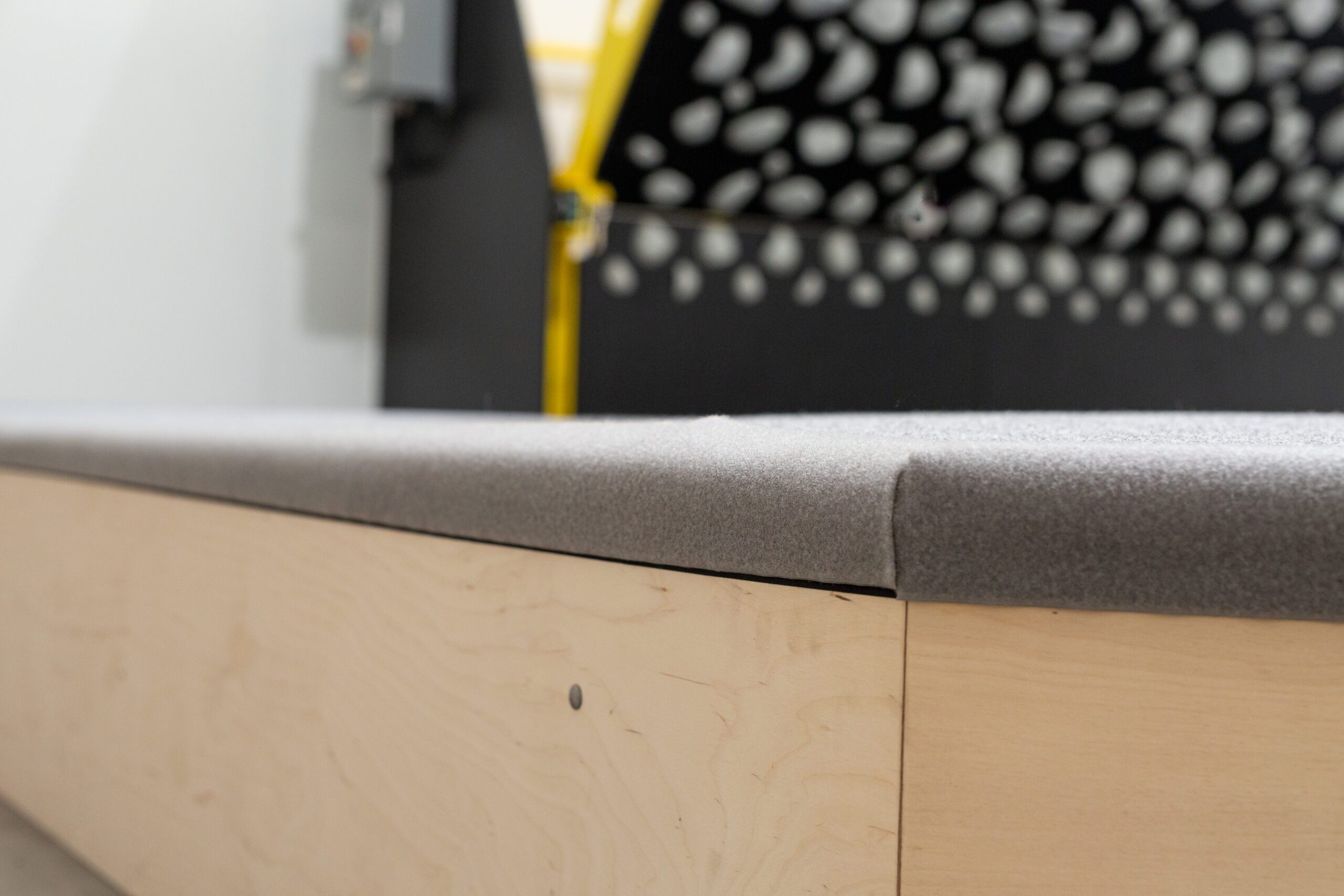Are you in the process of installing boulder matting or contemplating an upgrade for your current setup? With the multitude of options available in today’s market, it can be challenging to determine what will best align with your needs and your gym’s requirements. That’s why we’ve compiled a brief list of the four crucial factors you should take into account for your boulder matting.
- Compliance with Standards and CodesIt’s imperative to ensure that your matting complies with artificial matting standards and adheres to the specific requirements outlined in local building codes. Be thorough, even in the areas where regulations may be less explicit.
- Gap MinimizationDoes your chosen matting minimize gaps or the potential for them? Safety is paramount in any climbing gym, and reducing gaps is a fundamental step in ensuring the well-being and injury prevention of your climbers. Additionally, consider whether your selected matting has a proven track record of maintaining its integrity over time, with no development of gaps or entrapment hazards through extended use.
- Surface FirmnessDeliberate over your options regarding surface firmness, as each option carries its unique advantages and drawbacks. Matting with a softer surface provides a cushioned landing for climbers falling from the wall, but it may allow the foot to sink in more, potentially leading to entrapment. In contrast, matting with a firmer surface minimizes the risk of body and limb entrapment but offers a slightly firmer impact, lacking the softness of a softer surface.
- Vinyl vs. Carpet TopSimilar to surface firmness, you’ll have choices when it comes to the material on top of your matting. Vinyl top matting facilitates easy cleaning and spill cleanup. Initially, it boasts a pristine, shiny appearance and is relatively easy to relocate. However, vinyl top matting can be susceptible to tears from sharp objects like screws (depending on the type of vinyl) and tends to wear faster than carpet top options. Moreover, it doesn’t assist in maintaining the cleanliness of your walls or venue, as it doesn’t absorb chalk.
On the other hand, carpet top matting contributes to wall cleanliness by removing chalk and dirt from climbers’ shoes as they walk on it. It effectively traps dust and chalk, promoting cleaner air quality in your venue. Cleaning is straightforward with regular vacuuming, and it resists tearing even when subjected to sharp objects. However, carpet top matting may be less mobile if you need to relocate it. It’s less forgiving of spilled liquids on its surface, and there might be stricter compliance requirements related to building codes and fire regulations.
Regardless of your specific needs, you’ll discover a matting solution that aligns perfectly with your gym. To make an informed choice, take the time to research and identify the matting that best suits your unique requirements.






